Traveling long distances can often be a huge hassle. No matter how prepared you think you might be, there could be a sudden change that derails all your plans.
That said, there's no denying that it is much easier to get around now than when folks first started venturing farther away from their homes way back in the day. I don't just mean our modes of transportation, but how we act while on our journeys — especially when it comes to women.
When train travel first started to rise in popularity, many believed that females were "too fragile" to attempt any treks themselves. By the time they were able to climb on board, the Victorian ladies were expected to follow each of the rules below.
Sure, some of these don't seem too bad, but it's definitely clear that women were still treated as little more than taller children throughout Victorian times.
Did we miss any other traveling rules you've heard about from the era? Let us know in the comments and be sure to SHARE with your friends!
[H/T: Geri Walton]
Thumbnail sources: Wikimedia Commons 1, 2
1. Dress Appropriately
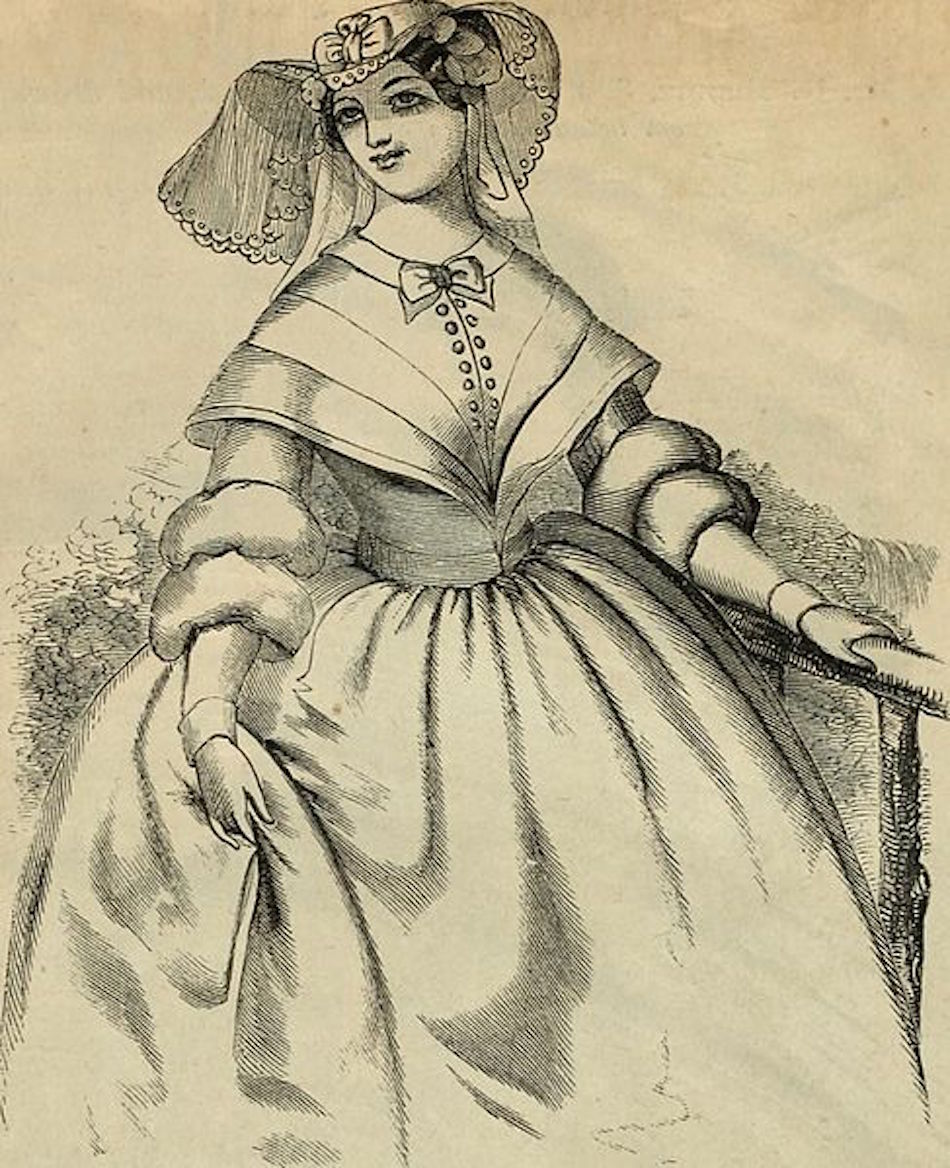
For ladies, this meant donning a dress similar to their "morning gown" in that it was lighter and easier to move around in, but most importantly plain and understated with few details.
They would accessorize with dark leather gloves, a straw bonnet, and, of course, a travel corset which was apparently said to be much less restrictive.
2. Pack Light

A small satchel was all that was recommended for a day's travel and a modest carpet bag for journeys overnight.
In each, women were expected to fit grooming items, reading materials, small snacks like crackers or sandwiches, and night clothes and sleeping bonnets for those long treks.
3. Speak When Spoken To
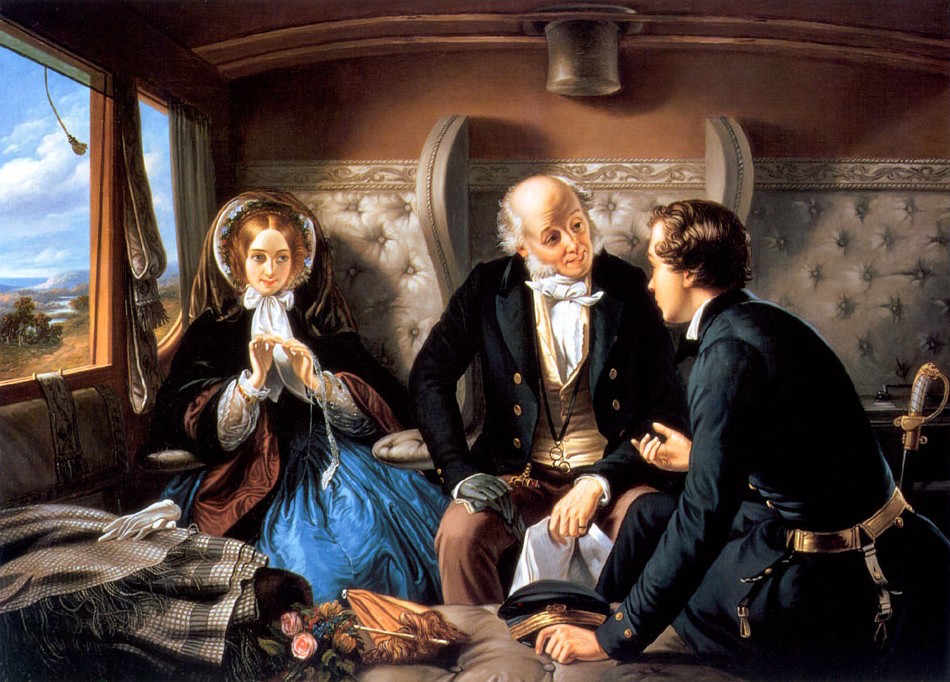
Only men were allowed to spark up a conversation with a lady, never the opposite way around. And women were expected to respond politely and accept invitations to the refreshment saloon.
4. Never, Ever Be Rude
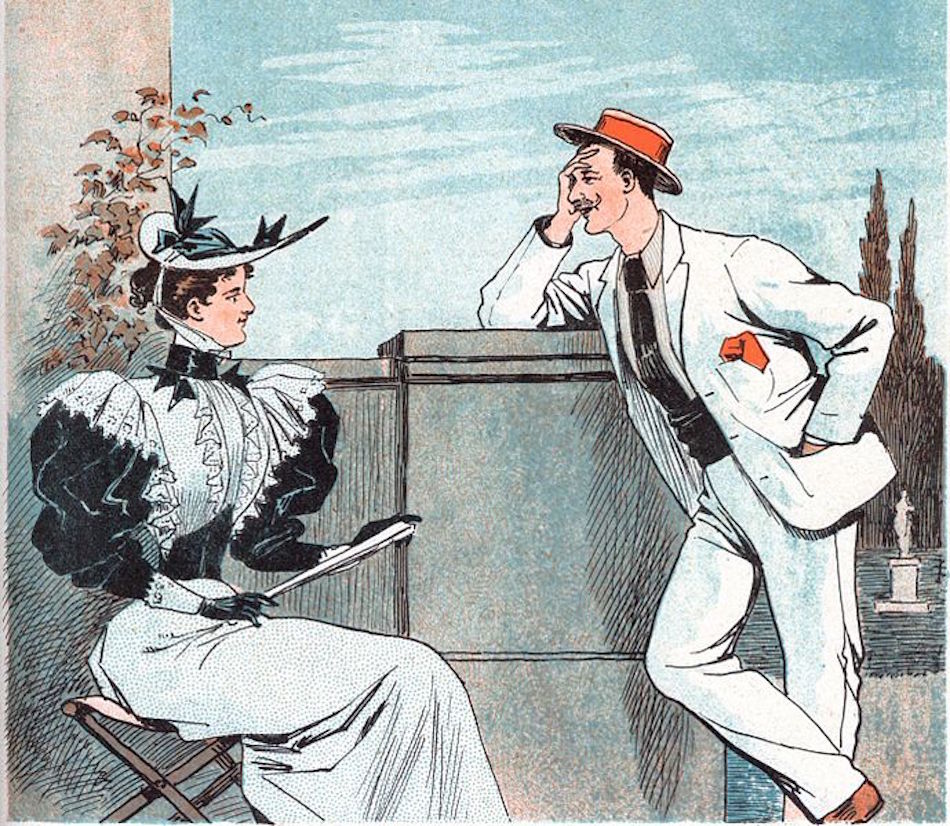
When traveling, especially alone, it was imperative that women act with the utmost class even if being accosted by a persistent male passenger.
Guides from the era explain that if she were tempted to "return rudeness with rudeness," she would only encourage them.
5. Pick Your Seat Carefully
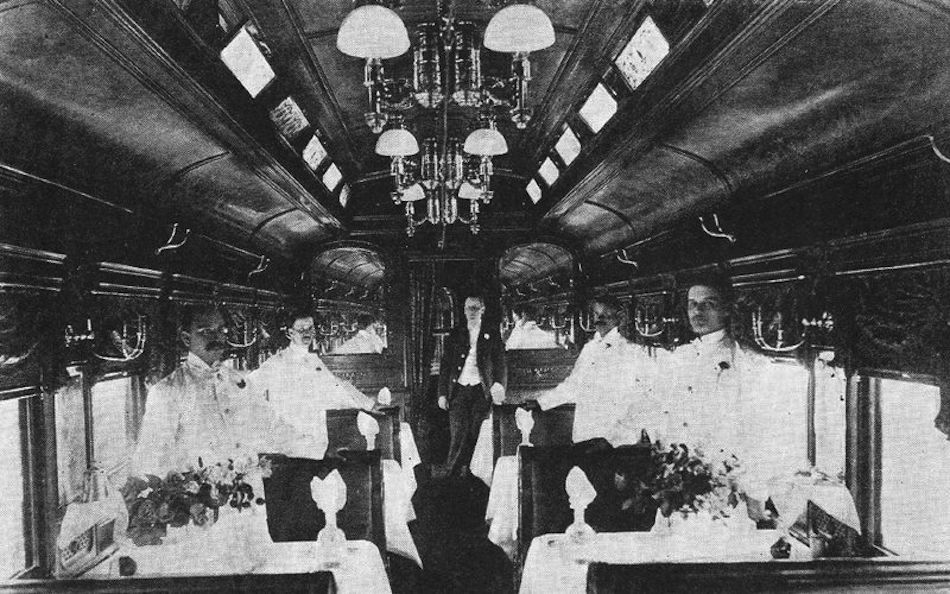
In order to avoid such issues as the one above, it was customary for a woman traveling alone to choose a seat either next to another woman or an elderly gentleman.
6. Don't Pester Your Companion

If a woman has a male traveling companion or driver, it is her own responsibility to pass the time and keep herself occupied.
Asking questions about when they would arrive at the destination or what location they were traveling through at that moment was strictly frowned upon.
7. Keep An Eye On Your Escort
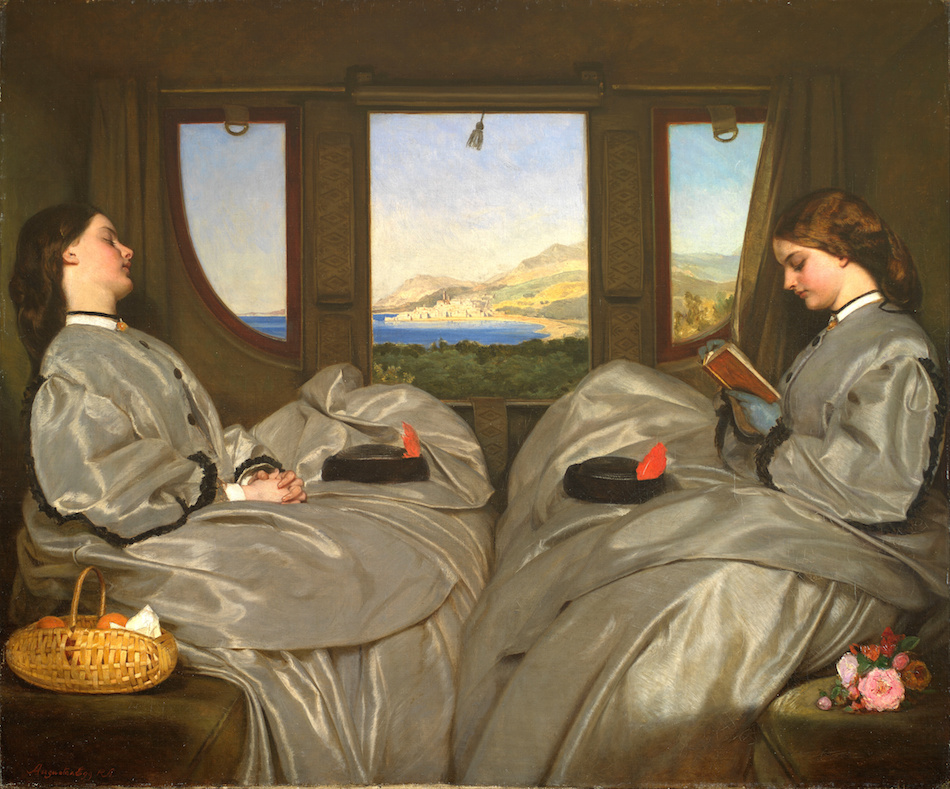
If a lady's male traveling companion accidentally wandered into a designated female compartment, it was her fault for either inviting him into the quarters or not alerting him of the specialized area.
8. Hand Over Your Money
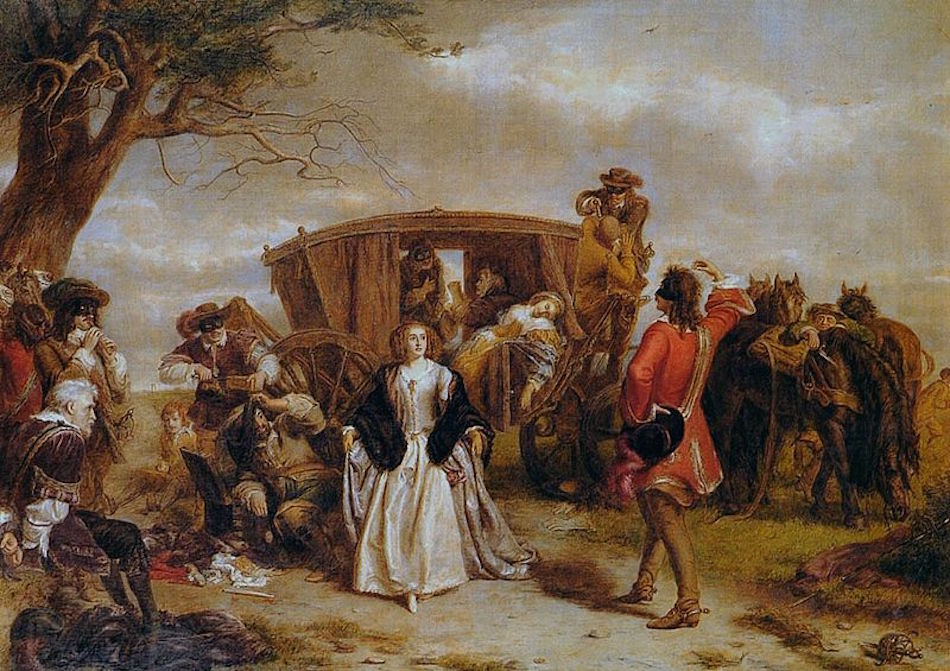
Women traveling alone were seen as the prime targets for pickpockets and thieves, so they were instructed to keep only a small amount of cursory spending cash on their person and give the bulk of their dough to their driver or escort to keep safe.
9. Don't Check Yourself In
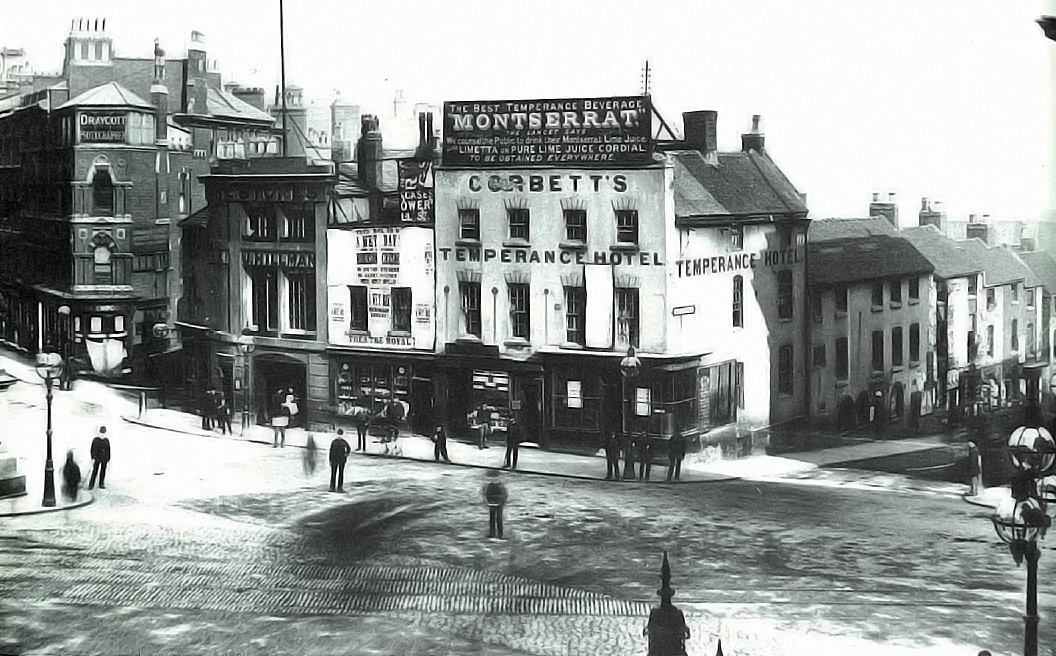
If a journey required a stop at a hotel along the way, the ladies would remain in the carriage while their driver or escort took care of all of their room arrangements, likely because it was unheard of for a woman to make such decisions on her own. This was also another reason it was more convenient for the men to hold onto all of a woman's funds.
Did we miss any travel rules for ladies from the Victorian era that you've heard about? Let us know below and be sure to SHARE these outdated ideas with your friends!




